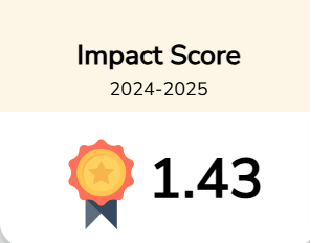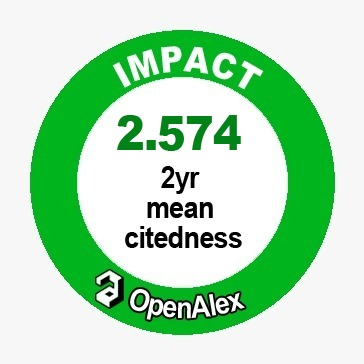The Impact of Financial Development in Driving Economic Growth in the MENA Region
Downloads
Purpose: This article aims to study the role of financial development in driving economic growth in the Middle East and North Africa region during the period 2012–2022, using panel data analysis.
Design/Methodology/Approach: The methodology used in this study is the Pooled Ordinary Least Squares (POLS) model, the Fixed Effects Model (FE), and the Generalized Method of Moments Model (GMM).
Findings: The estimation test results indicate that the best model is the system GMM (SYS-GMM), which reveals a statistically significant and positive impact of financial development on Gross Domestic Product (GDP) in the MENA countries.
Conclusion: The System GMM (SYS-GMM) model’s estimation showed a positive impact of the lagged value of GDP on the current value of GDP by 0.313 percentage points. In addition, financial development positively impacts economic growth in the MENA region by 0.513 percentage points. In contrast, the inflation rate negatively affects GDP, decreasing it by 0.344 percentage points. Furthermore, technology negatively influences GDP, reducing it by 0.241 percentage points.
Research limitation: Lack of data in Middle Eastern and North African countries.
Practical implications: Policymakers should prioritize the financial system by improving financial services and encouraging financial inclusion to spur economic growth.
Contribution to the literature: This study contributes a new measurement of financial development in Middle Eastern and North African countries. The results of the chosen model highlight the importance of domestic credit to the private sector and gross domestic savings in driving economic growth.





